Gilded Mirrors: Reflections of Luxury
Gilded mirrors, with their opulent frames, have long been symbols of luxury and refinement. These stunning pieces of decor can elevate any space, adding a touch of timeless elegance. Let’s delve into the world of gilded mirrors, exploring their history, design, and the magic they bring to our Homes.
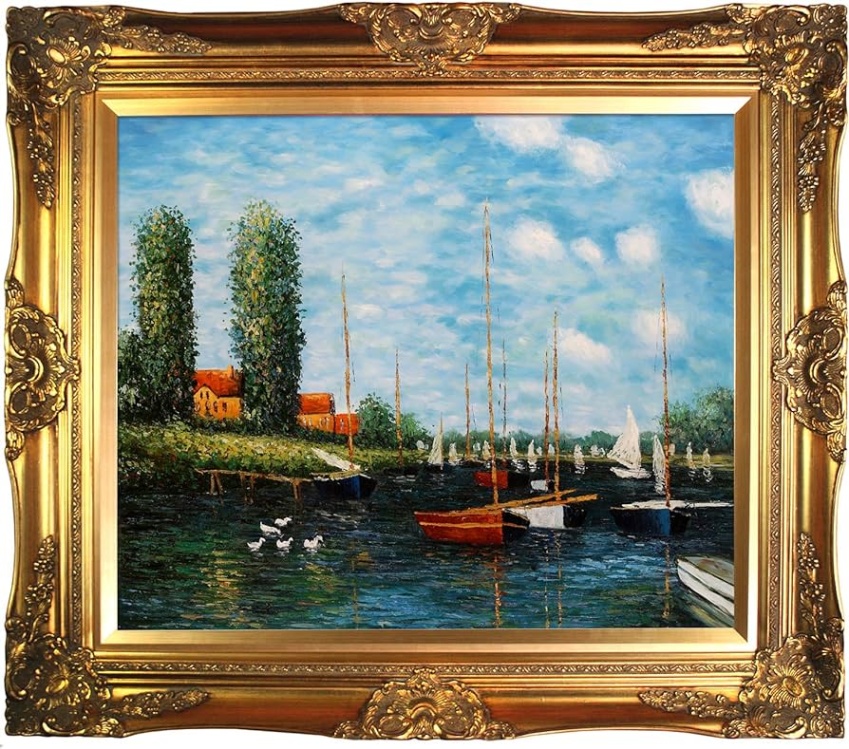
Image Source: media-amazon.com
A Glimpse into History
The art of gilding, or applying a thin layer of gold leaf to a surface, dates back to ancient Egypt. The Egyptians used gilding to adorn everything from furniture to sarcophagi, valuing gold for its beauty and its association with immortality.
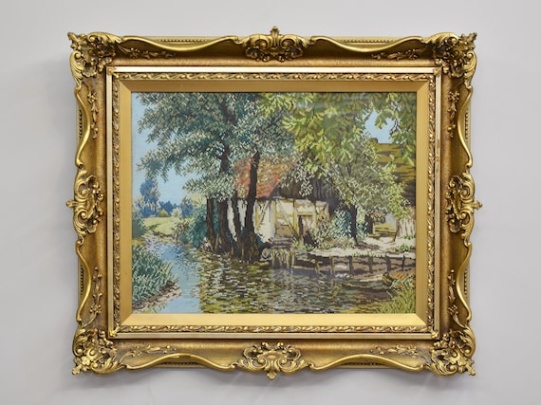
Image Source: etsystatic.com
The Romans and Greeks also embraced gilding, using it to decorate temples, palaces, and homes of the wealthy. During the Renaissance, gilding reached new heights, with artists like Titian and Veronese incorporating it into their masterpieces.
The Baroque and Rococo periods saw a resurgence of gilded decor, with ornate mirrors becoming a staple in aristocratic homes. These mirrors were often large and elaborate, featuring intricate carvings and gilded frames.
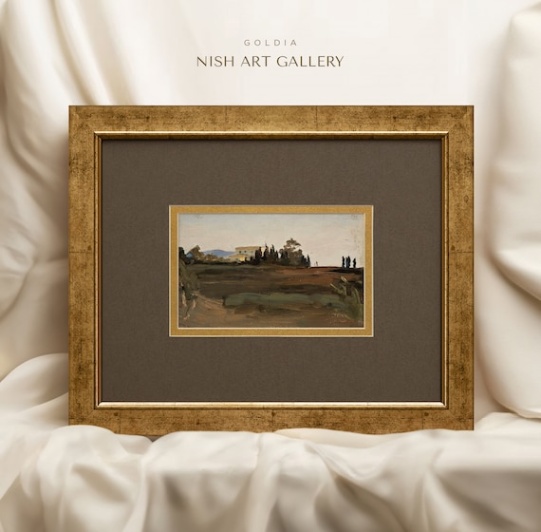
Image Source: etsystatic.com
The Allure of Gold
Gold has always been a symbol of wealth, power, and prestige. Its warm, lustrous hue exudes a sense of luxury and sophistication. When applied to mirror frames, gold adds a touch of opulence that can transform a room.
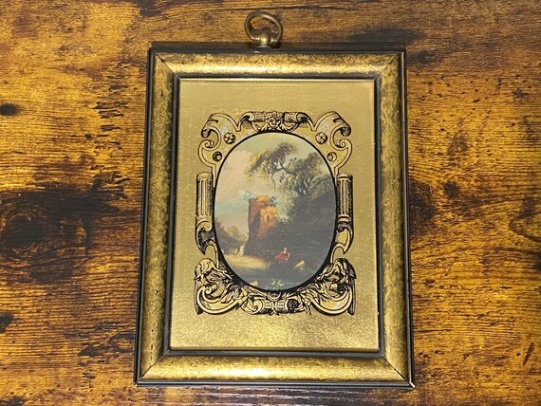
Image Source: etsystatic.com
Gilded mirrors can be designed in a variety of styles, from classic to contemporary. A traditional gilded mirror might feature a heavily carved frame with intricate details. A more modern interpretation might have a sleek, minimalist frame with a subtle gold accent.
The Magic of Reflection
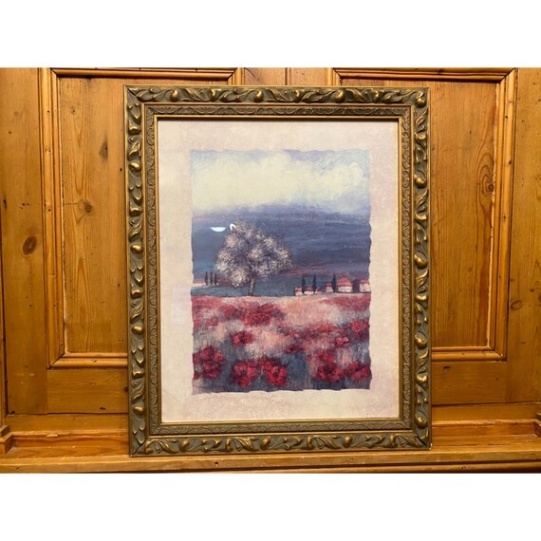
Image Source: etsystatic.com
Mirrors have been used for centuries to reflect light and expand space. A gilded mirror can do both, while also adding a touch of glamour. By reflecting light, a gilded mirror can brighten up a dark room and make it feel more spacious.
Moreover, mirrors can be used to create illusions. A large, ornate mirror can draw the eye and create a focal point in a room. A strategically placed mirror can also be used to reflect a beautiful view or a piece of artwork.
Incorporating Gilded Mirrors into Your Home
When incorporating a gilded mirror into your home, consider the overall style of the room. A traditional gilded mirror would be perfect for a classic or vintage-inspired space. A modern gilded mirror, on the other hand, would be ideal for a contemporary or minimalist setting.
Here are a few tips for incorporating gilded mirrors into your home:
Choose the right size: The size of your mirror should be proportionate to the size of the room. A large mirror can overwhelm a small space, while a small mirror can get lost in a large room.
By following these tips, you can create a stunning and inviting space with the help of a gilded mirror.
Whether you’re drawn to the classic beauty of a Baroque-inspired mirror or the sleek elegance of a contemporary design, a gilded mirror is sure to add a touch of timeless elegance to your home.
The golden ratio, a mathematical concept that has fascinated artists, architects, and philosophers for centuries, is also a powerful tool for creating visually appealing food presentations. This divine proportion, often symbolized by the Greek letter phi (φ), can be found in nature, from the spiral of a seashell to the arrangement of leaves on a stem. When applied to food plating, the golden ratio can elevate a dish from ordinary to extraordinary.
The Golden Ratio and Food Presentation
The golden ratio can be used to divide a plate into aesthetically pleasing sections. By placing the main components of a dish at the points of the golden ratio, you can create a visually balanced and harmonious presentation. This technique can be applied to various culinary styles, from classic French cuisine to modern molecular gastronomy.
Golden Ratio in Action: A Few Examples
Classic Plating: In traditional plating, the main course is often placed in the center of the plate. However, by slightly offsetting the main course to one side and adding a side dish or sauce to the other side, you can create a more dynamic and visually interesting presentation.
How to Apply the Golden Ratio to Your Food Presentation
While understanding the mathematical principles of the golden ratio is helpful, you don’t need to be a math whiz to apply it to your food presentation. Here are a few simple tips to get you started:
1. Use a Golden Ratio Divider: A golden ratio divider is a tool that can help you divide a plate into sections according to the golden ratio. You can find these tools online or in specialty kitchen stores.
2. Use the Rule of Thirds: The rule of thirds is a simpler way to divide a plate into visually appealing sections. Simply divide the plate into thirds both horizontally and vertically. The points where the lines intersect are considered the focal points of the plate.
3. Experiment with Different Plate Shapes: The shape of your plate can also influence the overall composition of your dish. Experiment with different shapes, such as round, square, or oval, to find the best fit for your dish.
4. Consider the Height of Your Dish: The height of your dish can also impact its visual appeal. Use different heights to create visual interest and balance.
5. Use Color and Texture: Color and texture are essential elements of food presentation. Use a variety of colors and textures to create a visually appealing and delicious dish.
By incorporating the golden ratio into your food presentation, you can elevate your dishes to a new level of artistry. Whether you’re a professional chef or a Home cook, the golden ratio is a powerful tool that can help you create stunning and delicious plates of food.
The Golden Ratio and the Art of Presentation
The golden ratio is not just a mathematical concept; it’s a design principle that has been used for centuries to create beautiful and harmonious works of art. When applied to food presentation, the golden ratio can help you create dishes that are as visually appealing as they are delicious. By understanding the basic principles of the golden ratio and practicing these techniques, you can elevate your food presentation to new heights.
Floral art, with its vibrant colors and delicate details, has been captivating hearts for centuries. When encased in a golden frame, it transforms into a masterpiece that exudes timeless elegance. Let’s delve into the world of gold-framed floral art and explore why it continues to be a beloved choice for interior decor.
A Symphony of Gold and Nature
Gold, a symbol of luxury and opulence, perfectly complements the natural beauty of flowers. The warm, radiant hue of gold enhances the vibrant colors of the floral artwork, creating a stunning visual contrast. The intricate details of the flowers, whether it’s the delicate petals of a rose or the graceful curves of a lily, are accentuated by the golden frame, making each piece a true work of art.
Elevating Your Interior Decor
Gold-framed floral art can elevate the aesthetic appeal of any room in your Home. Whether you have a classic, modern, or eclectic style, there’s a gold-framed floral artwork to suit your taste. Here are some ideas on how to incorporate this timeless elegance into your interior decor:
Living Room: A large, gold-framed floral artwork can be the focal point of your living room. It can be placed above a mantelpiece, sofa, or console table to create a stunning visual impact.
The Psychology of Gold-Framed Floral Art
Beyond its aesthetic appeal, gold-framed floral art can also have a positive impact on your mental and emotional well-being. Here are some psychological benefits of incorporating this artwork into your home:
Reduces Stress: The calming and serene nature of floral art can help reduce stress and anxiety. The soothing colors and patterns can have a calming effect on the mind and body.
Choosing the Perfect Gold-Framed Floral Art
When choosing a gold-framed floral artwork, consider the following factors:
Color Palette: Choose a color palette that complements your existing decor. If you have a neutral color scheme, you can opt for a vibrant floral artwork. If you have a bold color scheme, you can choose a more subdued floral artwork.
Conclusion
Gold-framed floral art is a timeless and elegant way to elevate your interior decor. It not only enhances the aesthetic appeal of your home but also has a positive impact on your mental and emotional well-being. By carefully considering the color palette, size, style, and frame, you can choose the perfect gold-framed floral artwork to create a beautiful and inspiring living space.
In the realm of Interior Design, where aesthetics and functionality intertwine, the choice of artwork can significantly impact the overall ambiance of a space. Among the myriad of artistic expressions, gold-framed art pieces hold a special place, radiating timeless elegance and sophistication. Let’s delve into the allure of these exquisite creations and explore how they can elevate your living spaces.
The Psychology of Gold
Gold, a symbol of wealth, power, and luxury for centuries, has a profound psychological impact. Its warm, radiant hue evokes feelings of opulence, prestige, and positivity. When incorporated into art frames, gold adds a touch of grandeur, instantly elevating the perceived value of the artwork itself.
The Allure of Gold Frames
Gold frames possess an undeniable charm that transcends time and trends. Their versatility allows them to complement a wide range of artistic styles, from classic oil paintings to contemporary abstract works. Here are some reasons why gold-framed art is a timeless choice:
Enhanced Visual Appeal: Gold frames draw the eye, making the artwork the focal point of any room. The contrast between the rich gold tone and the artwork’s colors creates a visually striking composition.
How to Incorporate Gold-Framed Art into Your Home
To harness the full potential of gold-framed art, consider these tips:
Choose the Right Piece: Select a piece that resonates with your personal style and complements your existing decor.
Beyond the Frame: The Art Itself
While the frame is undoubtedly a significant factor, the artwork itself is the heart of the piece. Consider the subject matter, the artist’s style, and the overall message conveyed by the artwork. A well-chosen piece can evoke emotions, spark conversations, and inspire creativity.
In conclusion, gold-framed art is more than just a decorative element; it’s a statement piece that reflects your unique taste and appreciation for beauty. By carefully selecting and displaying gold-framed art, you can create spaces that are both aesthetically pleasing and emotionally resonant.
gold framed art















